Notes on churches and interesting relics in and around Rome, Italy
Updated July 31, 2025: Here are some notes on churches, relics, interesting finds, etc., that I have accumulated over the years wandering the streets of Rome.❤️
The Vaticano and Basilica di San Pietro are of course the highlights of Rome’s churches. I have been there countless times and been lucky enough to visit areas in the Basilica that are off limits to the public including the Pope’s desk, catacombs and altars beneath the Basilica, private rooms and many behind the scenes areas. Here is a good reference map which you can use to search out the different areas and highlights of the Basilica. I was lucky enough to walk through the Holy Door in 2016 when it was open for the Jubilee. I even have a brick from the Holy Door which was given to me by dear friend. It is one of the bricks that was used to keep the door closed until 2015 when it was opened for that year’s Jubilee. The Holy Door is now again open for this year’s Jubilee so be sure and visit it when you are there.
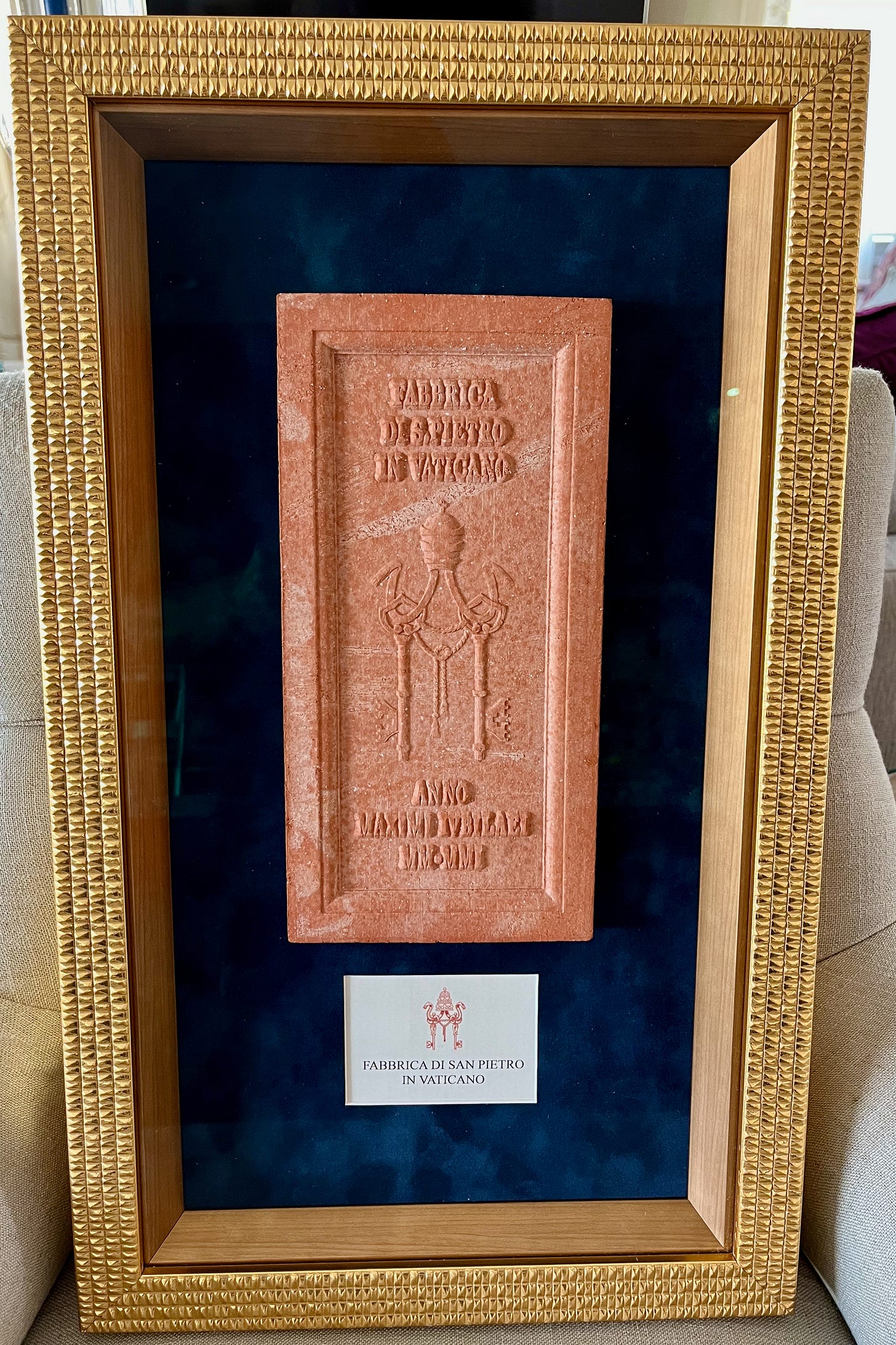
Every Wednesday Papa Francesco has a general audience which you can attend. Just recently the Vaticano opened a website where you can now order your tickets online for the general audiences and Liturgical Celebrations held by Papa Francesco. The site is available in multiple languages and easy to use. You can find the site here. Please remember that these tickets are always free. Do not pay a broker for your tickets! Get them directly from the Vaticano.
Other highlights of the Basilica include climbing the cupola if you want to see an incredible view of Roma. You have the choice of climbing the stairs the entire way or taking an elevator half way and then the stairs the rest of the way. Be sure and stop on the roof where you can stand very near the statues of the Apostles that surround the top of the Basilica. If you are interested the “Scavi tour” takes you under the main altar where St Peter’s bones are located. Small 8 person tours are available and must be booked way ahead of time (months ahead). Email them directly at scavi@fsp.va and ask for reservations for the tour. There is now a “for prayer only” entrance to St Peter’s with no line located on the left side of the Basilica as you approach (the standard entrance is on your right). Remember that this is a Jubilee Year so there are about 700,000 extra people weekly in Rome and the Vaticano so it will be busier than usual. Another wonderful Vaticano tour is the one where they take you behind the basilica to the Vaticano Gardens. It’s an amazing tour and one where you will learn a lot of history.
Inside the Basilica you can spend hours visiting all the locations. One thing you can do is if you have someone that died and you want to have a mass said in their name go to the Sacristy. Often there is a rope at the entrance but simply wait and ask if you can register a mass. They will bring you inside the Sacristy, ask the name of the person(s) and for €10 they will give you a receipt for a mass. You can also purchase Holy Water bottles in the gift shop and have them filled with Holy Water at the Sacristy. Mass is said often starting in the early morning at the side altars. Be sure you have plenty of time when you visit the Basilica as there is so much to see and experience.
The “Bernini stone”: located just to the right of the SW wind marker in Piazza San Pietro, next to the light post, shaped like a sacred heart, carved in the stone. I searched for several years and finally found it. It was worth the effort.
Sant’Apollinare near Piazza Navona: Mozart played here, fresco covered in 1500’s was found hundreds of years later.
Santi Giovanni e Paola: Waldorf Astoria donated chandeliers are here, NYC’s Church.
Sant’Agostino near Piazza Navona: marble from Colosseum is here, Caravaggio “Madonna of Loretto” (aka “Madonna dei Pellegrini) is here on the left in the Cavalletti Chapel. Rafael’s fresco “The Prophet Isaiah” is here, you will find it as it has a light on it. Inside are works from Bernini (the high altar and angels throughout the church), and an icon of the Madonna with Child that some attribute to Saint Luke. Just inside the entrance to the basilica is the Madonna del Parto, Our Lady of Childbirth. The Madonna del Parto is said to have miraculous powers over women having trouble with childbirth. For nearly two hundred years, mothers and fathers-to-be have come here to pray for Our Lady’s intercession, kissing her left foot at the conclusion of the prayer. All these kisses have nearly worn away her marble foot. Saint Monica, the mother of Saint Augustine, is entombed in the chapel to the left of the high altar. Saint Tryphon, (San Trifone) to whom the original church was dedicated, along with Saints Respicius and Nymphas are under the high altar. The martyrs Thomas of Villanova, John of Saint Faconda and Claire of Montefalco are here as well.
Basilica di Santa Sabina all'Aventino: first Lenten church. It is built on top of the house where Sabina lived. She was martyred and buried in the church. Crypt below is where her house was located. One very terrifying relic in Rome is the lapis diaboli, or Devil’s Stone, found in the Basilica. The tradition is that Satan tried to distract Saint Dominic while he was praying in this church. He produced a solid black stone and threw it at the saint. Of course Dominic didn’t flinch. Today the stone is in the back of the church with Satan’s claw marks still present. Also the first depiction of the cross of Jesus is above the entrance door:
Santa Maria in via Lata: Peter lived here, on via del Corso (ancient name of Corso was via Lata). Luke, Paul lived here, go down into the crypt and John was here (not John the baptist). Tends to be open late, healing waters are here, on via del Corso 306.
San Marcello on via del Corso: just up from Piazza Venezia. Visit this church that Papa Francesco walked to on March 15, 2020, to end COVID. The crucifix is there that they processed through Rome on 1522 AD for the plague and the plague vanished.
Chiesa di Santa Maria in Portico in Campitelli: in the Jewish ghetto, patron St. of pharmacists.
Basilica di Santa Prassede: located across the street from Santa Maria Maggiore. The Basilica of Santa Prassede has been the keeper of the Sacred Column, or Scourging Pillar, since the 13th century crusades.
Pontificio Santuario della Scala Santa, the “holy steps” that Jesus climbed, can be climbed on your knees and is truly an amazing experience. The steps are located near the Basilica of San Giovanni in Laterano which is worth a trip in itself. Laterano used to be the cathedral of Rome and the residence of the Pope and you will find amazing statues of the apostles here plus a portion of the Last Supper table is located in a side chapel on your left.
San Giovanni in Laterano: last supper table relic is in blessed sacrament chapel located in the front on the left behind the gold figures. It’s framed high above the tabernacle and is behind a gold relief of the Last Supper. You can make out what looks like a gray colored square behind the head of Christ and the Apostles, that’s actually wood from the table of the Last Supper. Above the main altar are Peter’s and Paul’s heads. Behind the altar is the reliquary, behind the metal grate you find the busts of Peter and Paul and their skulls are inside. Also in Scala Santa in the chapel on top of the stairs there is a piece of the last supper table. This chapel is called the Sancta Sanctorum, or the Holiest of the Holies. This was the private chapel of the popes and one relic is visible, that of the wood from a bench used at the Last Supper. The obelisk in front of the basilica is the oldest and tallest in Rome. Moses may possibly have seen this obelisk. St Francis statue across the street is holding up the church which is from a dream the Pope had.
Basilica di Santa Croce in Gerusalemme: relics of passion are here including: two thorns from the crown of thorns, 4 pieces of the cross, Doubting Thomas’ finger, a nail from the cross, the title INRI that hung above the cross.
Basilica of St. Sebastian Outside the Walls (Basilica di San Sebastiano Fuori le Mura): Jesus’ footprints are here.
One of my all time favorite churches is Chiesa di San Luigi dei Francesi near piazza Navona, where you will find the Caravaggio’s. When you enter the church head towards the altar and then look to your left where all the people will be standing. Truly amazing especially if you love Caravaggio as I do.
Basilica of Our Lady in Trastevere: fountain of oil appeared here on the night of Jesus’ birth, first mass in Rome said here, BEAUTIFUL CHURCH.
Basilica di San Pietro in Vincoli: in Monti. Michelangelo’s statue of Moses is here. Chains are here that held St. Peter.
Basilica di San Nicola in Carcere: our first church we ever visited in Rome, translates to Santa Claus in Jail. Our lady of Guadalupe chapel is inside. This is the church for Pugliese people since it is the same as San Nicola in Bari. Story says they tried to starve a lady but she was kept alive by her daughter’s breast milk. Santa’s life in mosaics is here. San Nicola is patron saint of prisoners.
Chiesa Parrocchiale di San Giovanni Battista dei Fiorentini: Maria Maddalena’s foot is here.
The Apostles of Rome
Vaticano: Simon and Jude, buried at the altar of St Joseph, left of main altar, tomb is under the metal grate, names on the grate, mosaic of St Joseph is at the altar, tell them you are there for prayer, three altars there, just to the left of St Joseph is the mosaic of St Peter’s martyrdom
Church of San Salvatore in Lauro, across from Sant’Angelo, arm of St Jude is there, three chapels to the right on the right side, you can see the bone. Padre Pio relics are there: bloody gloves, etc., and a statue of Padre Pio carrying the cross. Black madonna is here also.
St Bartholomew church, his body is there, on Isola Tiber, 20th century relics are here also. The bridges are very ancient, oldest in all of Rome (Ponte Fabricio).
Basilica dei Santi XII Apostoli: near Abruzzi ristorante (one or our favorites in all of Rome), Phillip and James the less are here. Beautiful chandeliers, near piazza Venezia, parking lot in front. Below main altar, there is a crypt, stairway in the front, go down and there are the tombs. The light comes on automatically, go through the glass door, original painting of St Joseph holding Jesus is there on the left of entrance.
Galleria Colonna: next store to Basilica dei Santi XII. Michelangelo was buried here but is now at Santa Croce in Firenze. This is the palace used in the final scene of the “Roman Holiday” movie (the drawing room).
Cappella della Madonna dell'Archetto: located one block up the street from Basilica dei Santi XII, down a small alley. Supposedly the smallest church in all of Rome.
Basilica di San Silvestro in Capite: St. John the Baptist’s head is located here in a very small chapel on the left as you enter the main door. You can also enter this small chapel from a small door located on the side street of via del Gambero.
Basilica di Santa Croce in Gerusalemme: has two thorns from the crown of thorns, 4 Pieces of the cross, Doubting Thomas’ finger, a nail from the cross, the title INRI that hung above the cross. My friend Mountain Butorac from “The Catholic Traveler” has a nice YouTube video on this church which you can see here.
Basilica of San Giovanni in Laterano: above main altar are Peter’s and Paul’s heads. Behind altar is the reliquary, behind metal grate you find the busts of Peter and Paul and their skulls are inside.
Basilica Papale di Santa Maria Maggiore: wood from the manger is located in the chapel below the main altar. Lorenzo Bernini is buried in the basilica. His tomb is located on the step to the back of the main altar, on the right. Papa Francesco is also buried here. You will find his tomb on the left as you enter. Ceiling gold brought from Americas by Christopher Columbus which was a gift from Spain. Right side of the chapel is the “Sistine Chapel” (not THE Sistine Chapel, another one), named after Pope Sixus V who is buried there. Pope Sixus V is the architect of the Rome we know today. The obelisks in Rome have his 3 mountain signature and star and then a cross on top. Across from the Sistine Chapel is a picture of Mary and Jesus painted by apostle Luke on a piece of wood that came from a table made by Jesus in Joseph’s carpenter shop while Mary was still alive. Papa Francesco visited this icon over 80 times while he was alive. Under the main altar is the tomb of St. Mathias.
Sant'Agnese in Agone: her skull is here. Because she was a follower of Christ, Agnese was dragged naked through the streets of Rome to a brothel. Those who tried to rape her were struck blind, one died instantly. Agnese prayed for her attackers and the one who died was revived. She was then tied to a stake to be burned, but the wood did not catch fire. Finally she was beheaded. She was only 12 years old. Her remains are venerated at Basilica di Sant'Agnese Fuori le Mura.
San Giorgio in Velabro: Velabro=marshy land. San Giorgio’s skull is here. Romulus and Ramus washed up here and the she-wolf suckled them. Romulus ended up killing Ramus.
Chiesa dei Santi Michele e Magno: next to the Vaticano, has 24 seats used in the Basilica San Pietro during Vatican II (green cushion). Also the presentation stone and the rock where Abraham bound Isaac. The church's Scala Santa is to be found in lateral chapel, renovated in 2000. This is a replica of the Scala Santa near San Giovanni in Laterano. Many walk and pray as they go (you don’t climb the stairs on your knees as you do at the Scala Santa near San Giovanni in Laterano). This church is hard to find. Google maps location is not correct. You will see the arch and cross on top of the arch adjacent to the Piazza San Pietro (see photo below). If you go up Borgo Santo Spirito you will not find it. You then climb the stairs to enter the church.
Capuchin Crypt of Santa Maria dell’Immacolata Concezione in Rome: this crypt contains six chapels, five of which are decorated in the bones of the deceased friars. The bones of over 4000 monks who died between 1528 and 1870 artistically line the walls and ceilings.
Sacro Cuore del Suffragio: beautiful church with realistic paintings. Don't miss the little purgatory museum after the door on the right.
Basilica di San Clemente: enter on the east side of the basilica, where the steps are. Be sure and visit the underground areas. There is a door that leads to the underground areas.
Cripta della Confraternita dei Sacconi Rossi: the burial crypt of the Sacconi Rossi Brotherhood located on Tiber Island. The Sacconi Rossi was an organization whose goal was the burial of abandoned bodies, especially people who drowned in the Tiber and went unclaimed. Their mission was carried out at night in torchlight processions when they would collect the bodies of the unknown and unwanted dead for a proper burial. Now their bones are neatly stored in this crypt. Each year on November 2nd a Mass takes place in the Chiesa di San Giovanni Calibita at sunset, around 6 PM. After Mass there is a candlelight procession down to the Tiber River. The procession continues into the crypt that is only open for an hour each year.
San Marco Evangelista: location of relics from the seven plagues. They are rarely on display, possibly only by invitation once a year. One of the relics is the vial of darkness. From what I understand from my friend Mountain Butorac from “The Catholic Traveler”, it’s literally just that, a vial of the darkest dark matter that basically sucks all the light and joy from anything around it. Very spooky…👻
Perugia:
Basilica of Santa Rita da Cascia: located in Perugia, a little over an hours drive from Assisi. St. Rita’s incorruptible body is here. She has been dead over 500 years. Her body is in a glass sarcophagus which can easily be viewed. Reports of her opening her eyes, elevating, etc., have been recorded by multiple eyewitnesses.
Firenze:
Basilica di San Marco: the incorruptible body of Saint Antoninus is found here in the far back corner.
As you travel Italy you will realize that the little out of the way places where you stop will be the most enchanting and memorable. Everywhere you drive there are treasures. Take the time to visit the locals and the little towns if you can. If you do, you will realize that Italians have truly discovered the way to live and enjoy life.
Updated: July 31, 2025



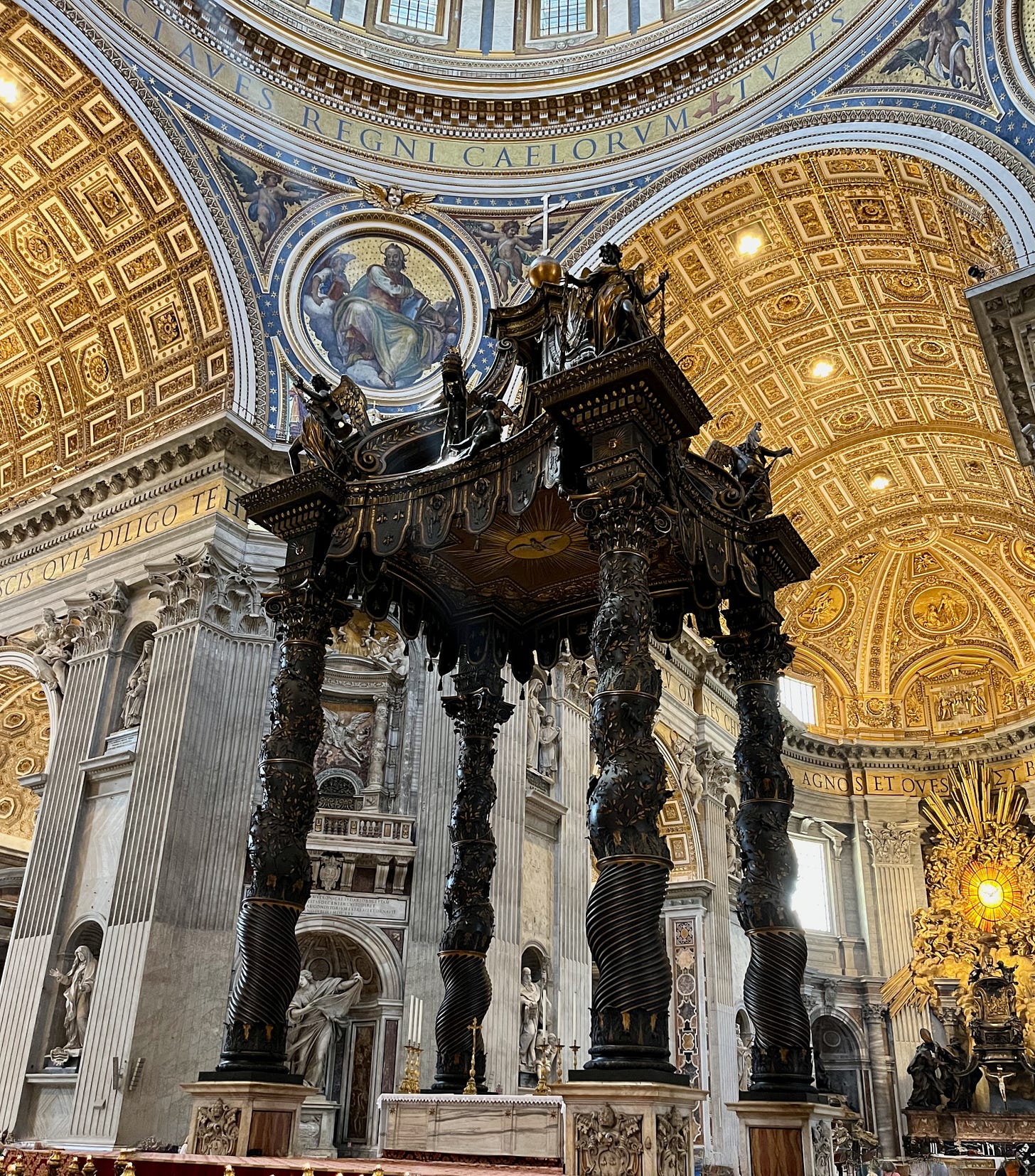
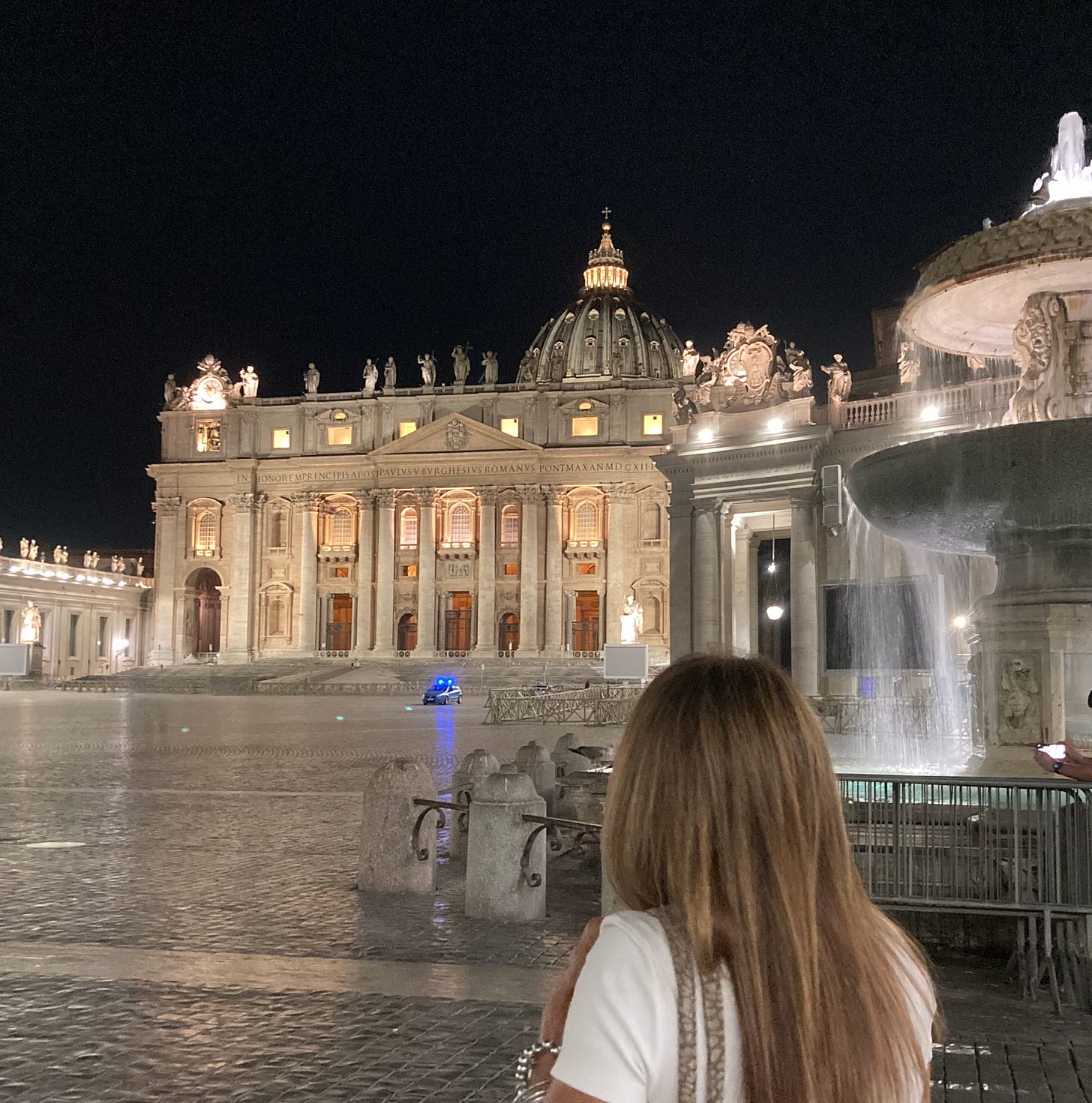
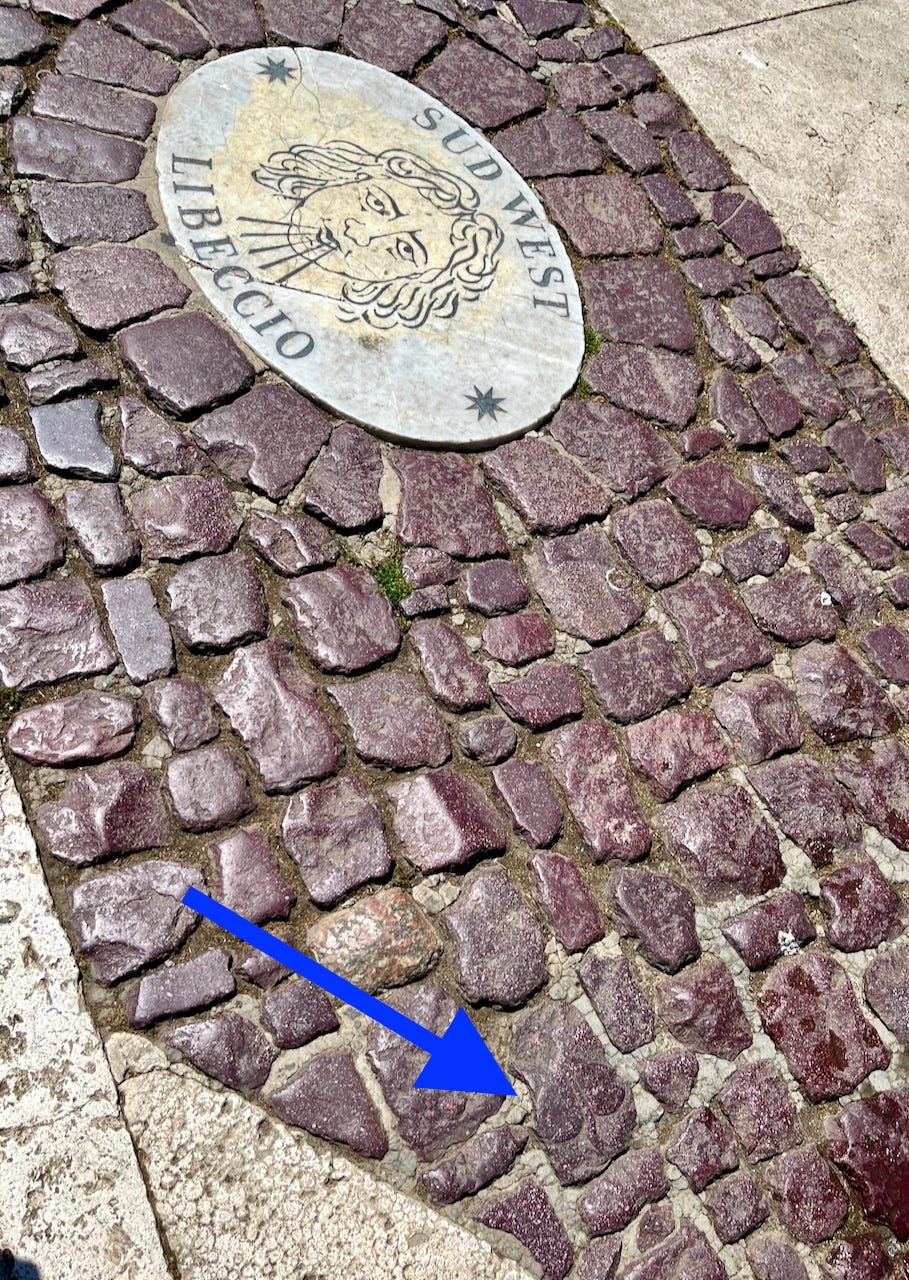
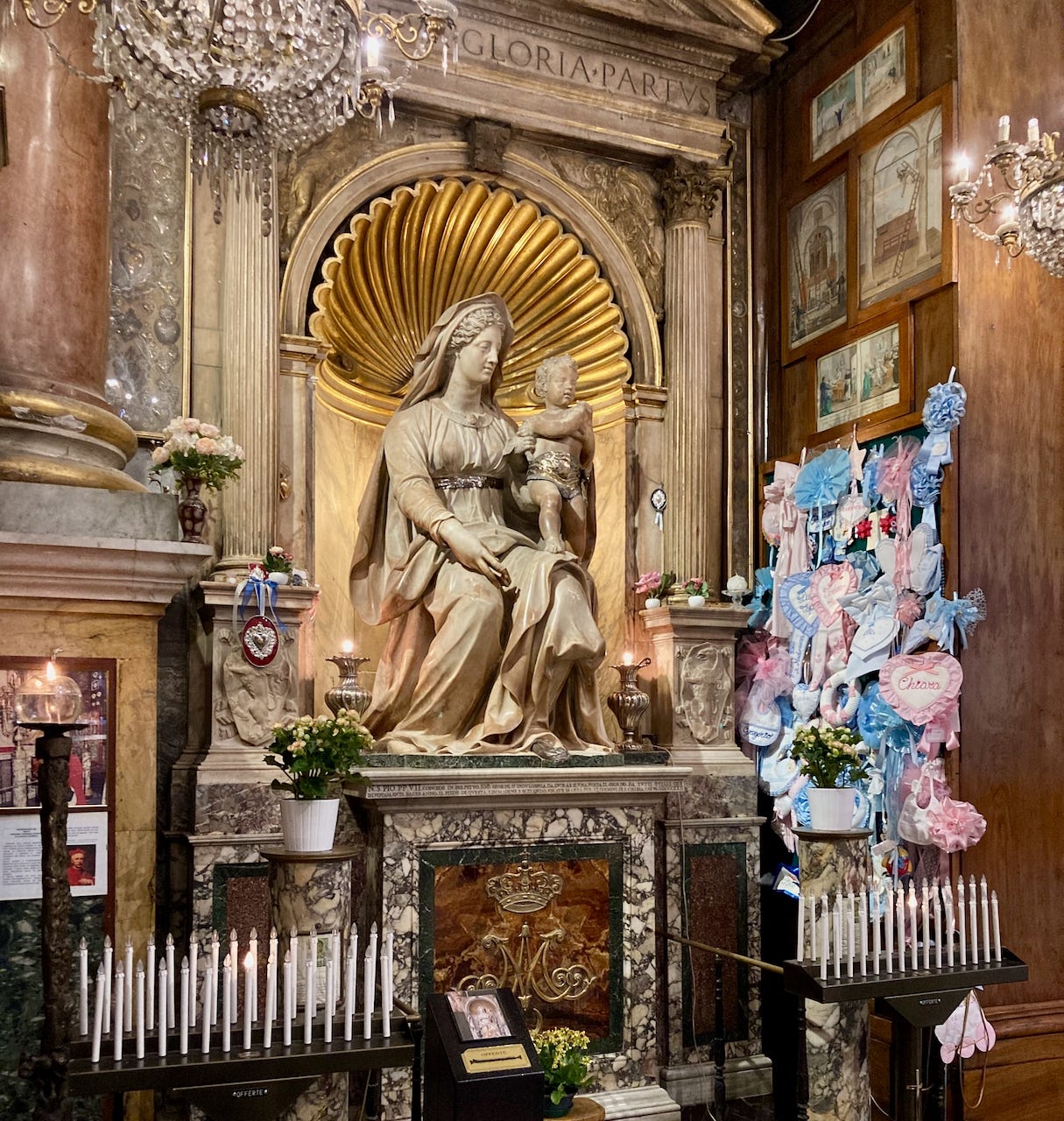
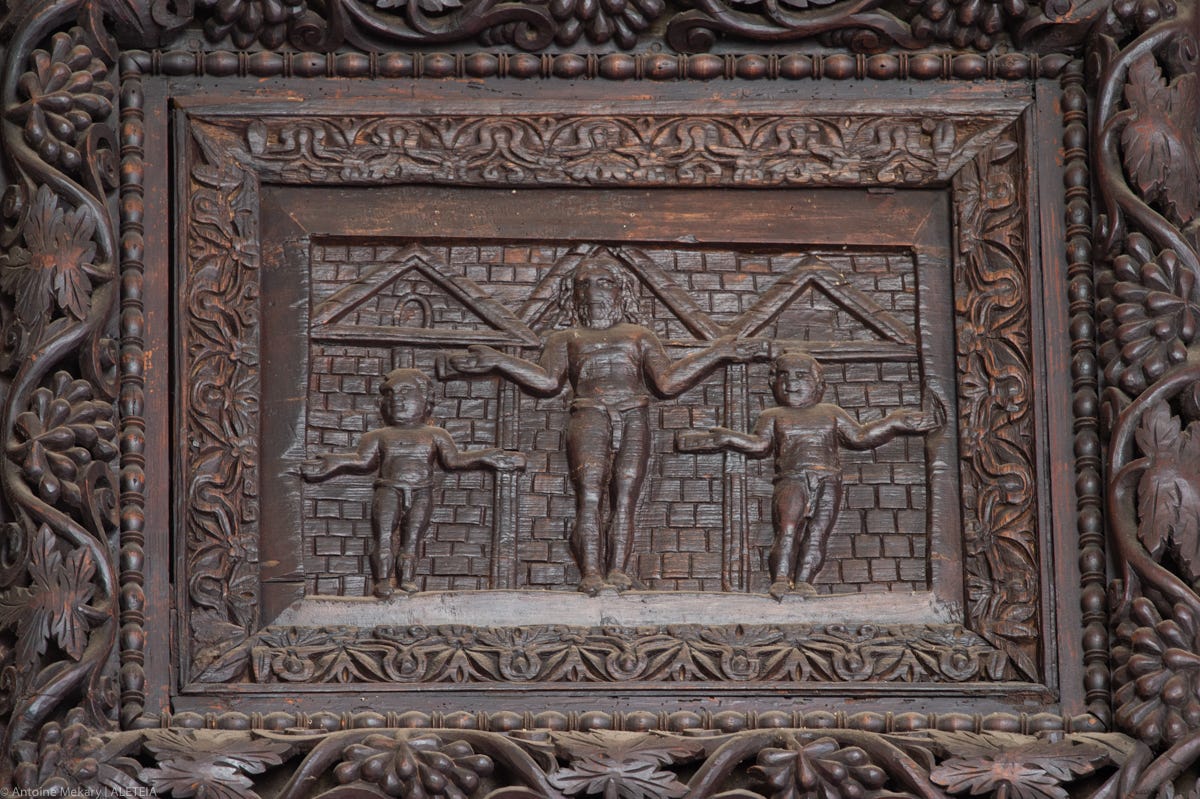
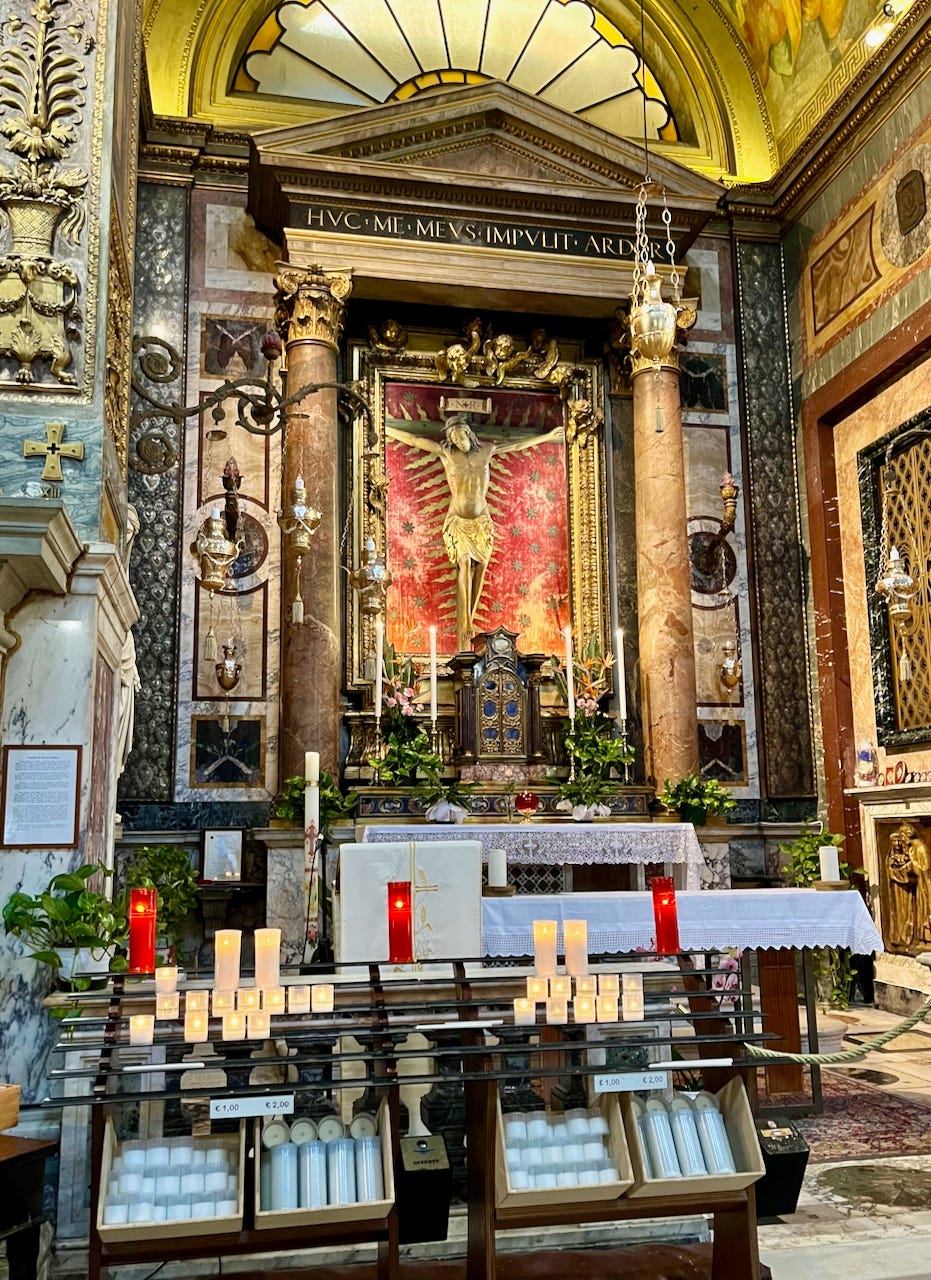
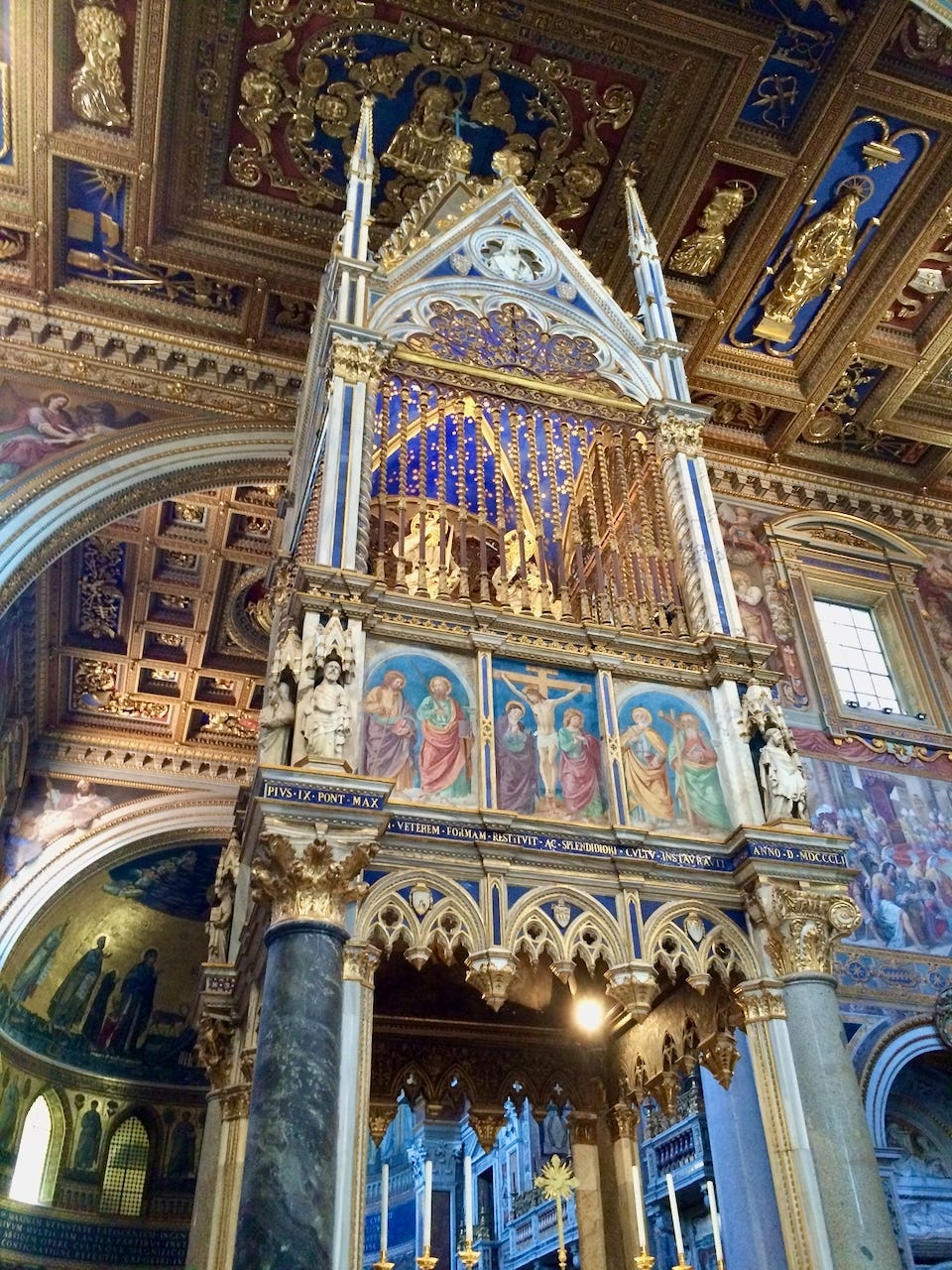
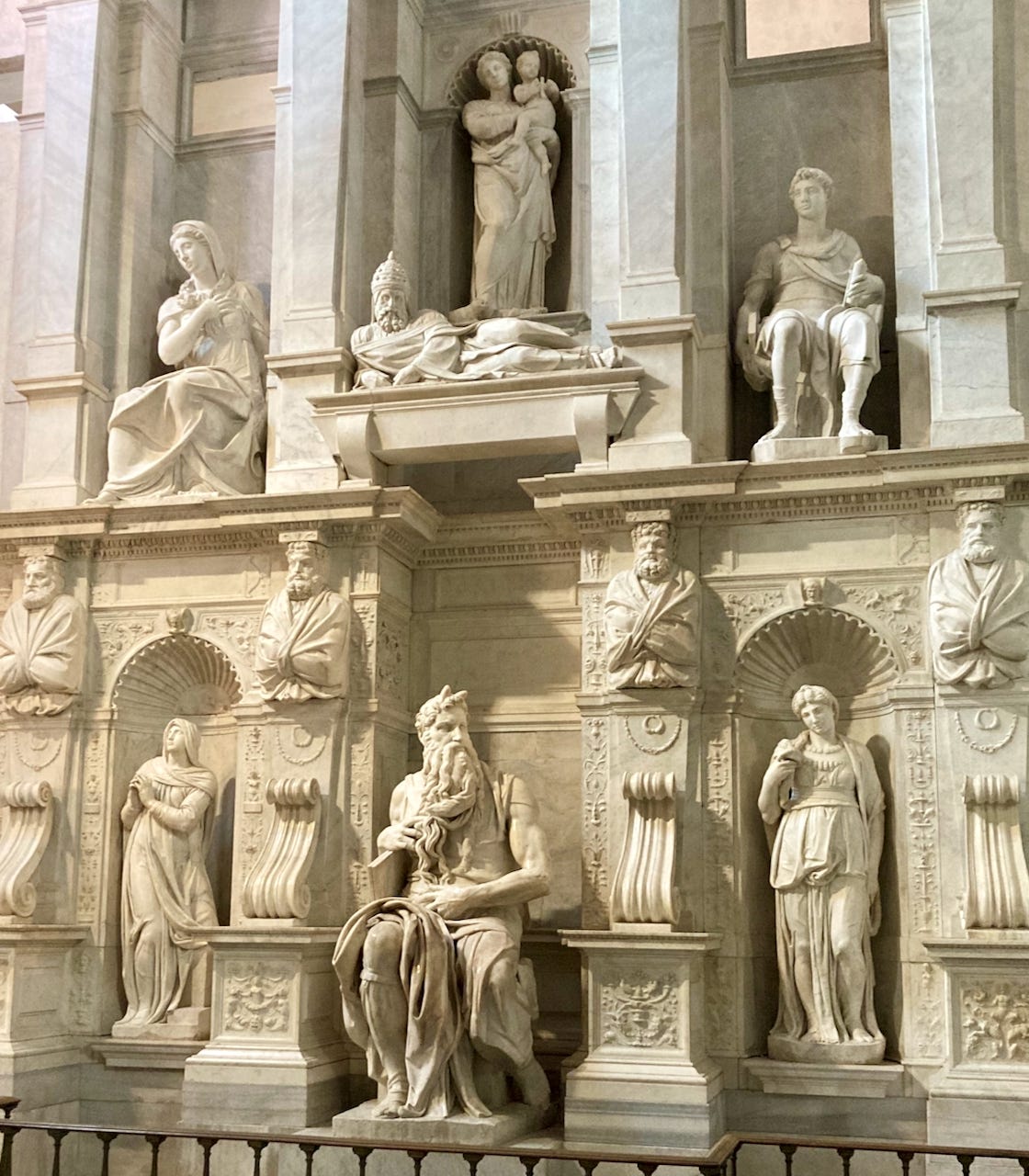



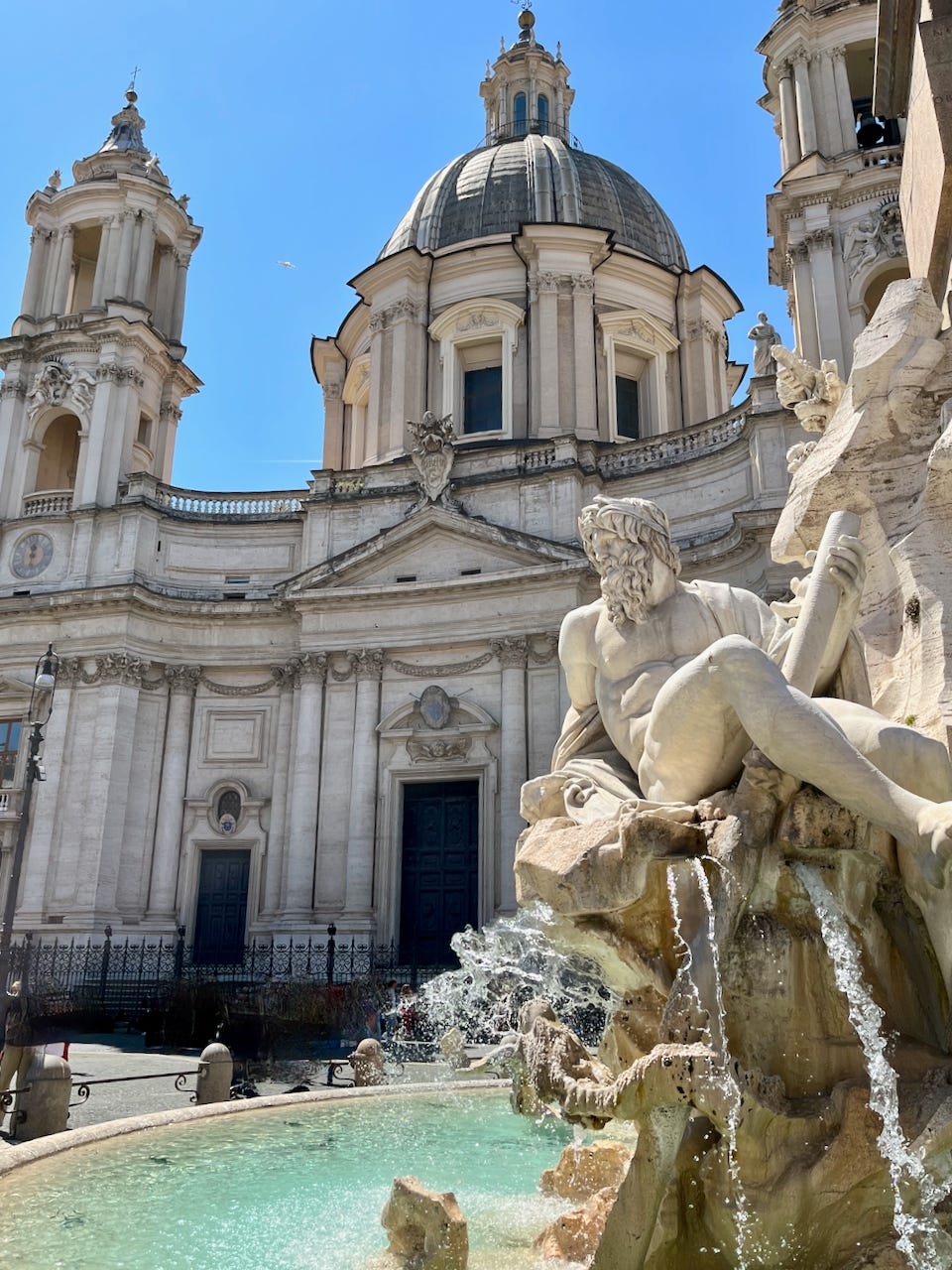
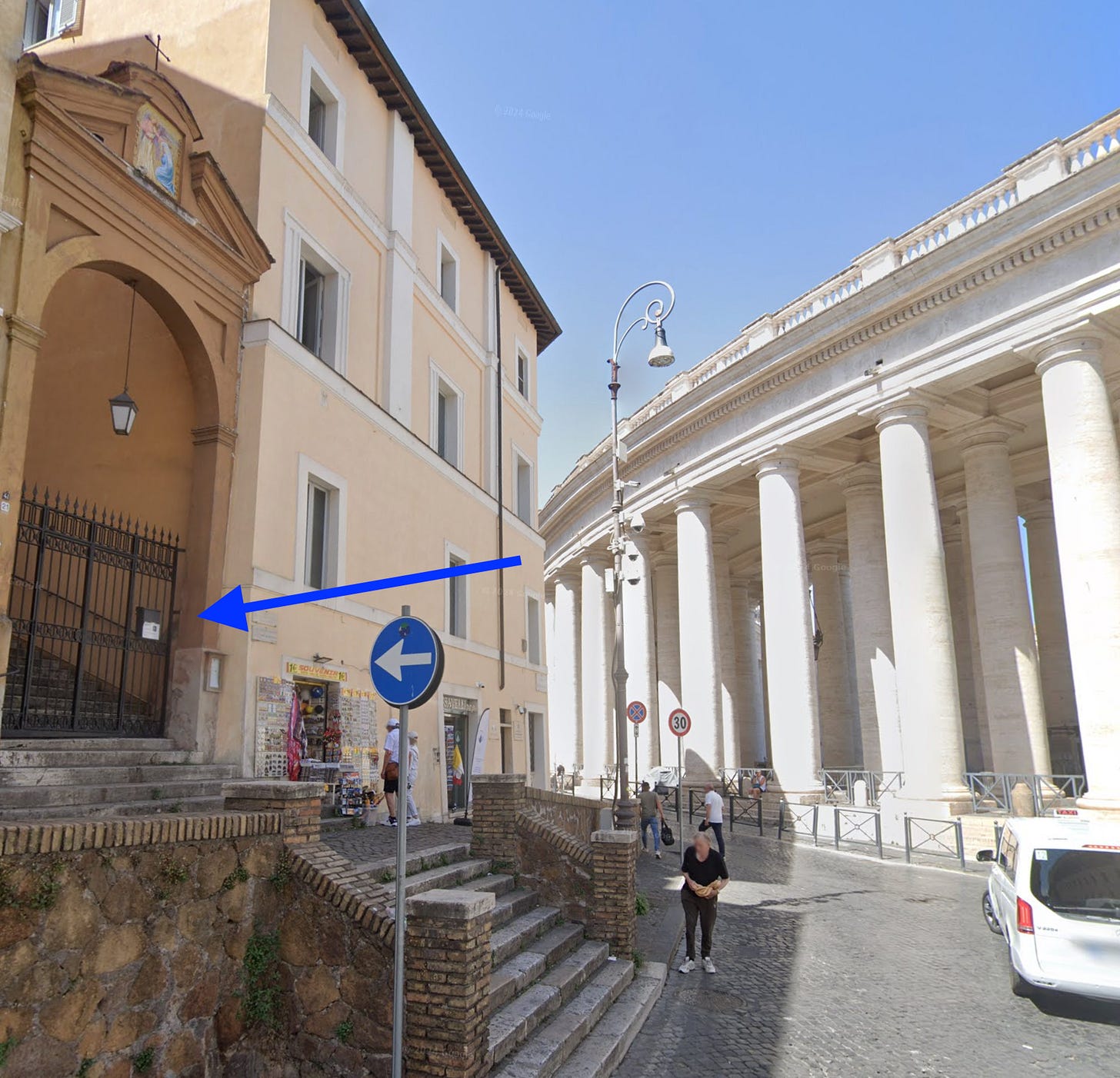
Thank you so much Jack, this will help all of us going to Italy.
What an impressive list Jack, I will keep it in mind for when people asks me about visiting Rome thanks!